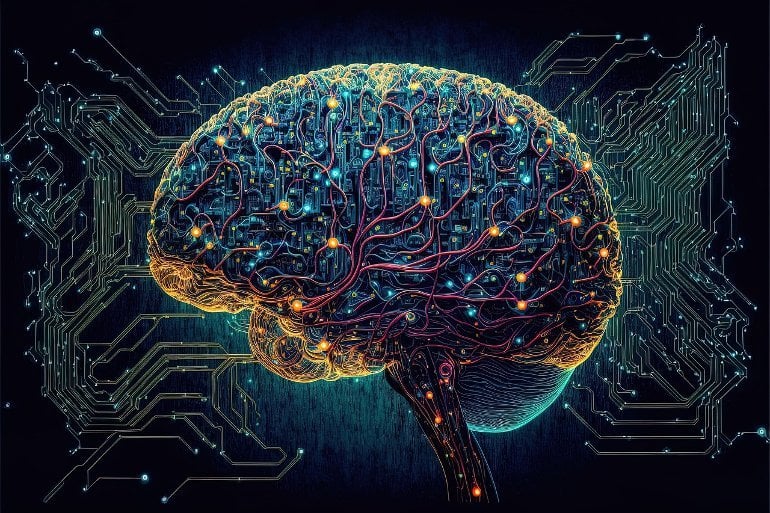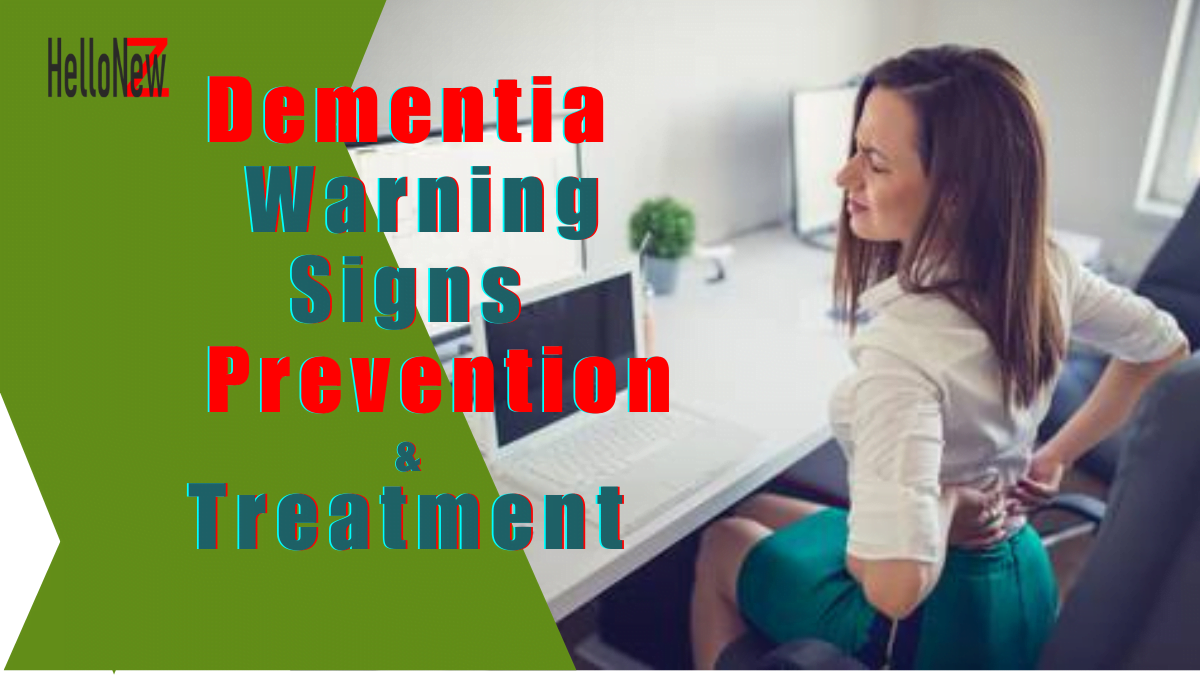Uninterrupted hours on the computer may lead to more than just a sore back. For today’s youth, it might mean early onset dementia.
In today’s digital age, it is not uncommon for individuals, especially the youth, to spend 10 hours or more daily sitting in front of their computers. Be it for work, education, or leisure, this continuous sedentary lifestyle has become the norm. But at what cost?
Dementia: A Quick Overview
Dementia is a general term for a range of symptoms related to a decline in cognitive function. This means thinking, remembering, and reasoning skills are impaired. It’s not just about forgetting where you placed your keys, but more severe instances like failing to recognize close family members.
Traditionally, dementia was a concern reserved for those over 60 years of age. But emerging studies and anecdotal evidence suggest a shift.
The Connection: Sitting and Dementia
For long, we have known about the risks of prolonged sitting. Obesity, stress, digestive problems, and mental health issues are a few. However, the growing fear is its link to dementia. The continuous lack of physical activity and the same posture for hours is believed to limit blood flow, possibly affecting the brain.

Early Warning Signs
- Forgetfulness: One of the most common early signs. It’s not just about forgetting a name or a face but more about consistently failing to retain new information.
- Difficulty in Concentration: Challenges in focusing on tasks or being easily distracted.
- Struggling with Familiar Tasks: Difficulty in performing tasks that one has been doing for years.
- Misplacing Items: Regularly putting things in odd places.
- Mood Changes: Rapid mood swings for no apparent reason.
The Modern Lifestyle: A Double-Edged Sword
Our current lifestyle is a major contributor. Hours glued to screens, unhealthy diets, and lack of physical activity are fueling the risk. While technology has improved our lives in countless ways, it also brought along a set of health challenges, with early onset dementia being a potential one.
Prevention and Treatment
Prevention is always better than cure. And the good news is, dementia’s risk factors are largely modifiable.
- Stay Active: Engage in at least 30 minutes of physical activity daily. This doesn’t mean hitting the gym; even a brisk walk can help.
- Healthy Diet: Consume a balanced diet rich in fruits, vegetables, and lean proteins. Avoid excessive sugars and fats.
- Mental Stimulation: Engage in activities that challenge the brain. Reading, puzzles, and learning new skills can be beneficial.
- Regular Check-ups: Regular medical check-ups can help in early detection and management.
- Limit Screen Time: Ensure to take short breaks every hour when working on screens.
Also Read: Yoga for Heart: A Guard Against Heart Failure, 5 Yoga poses for Heart
Yoga for Dementia: Nurturing the Mind Through Movement
Yoga, an ancient practice from India, has been recognized worldwide for its numerous health benefits, both physical and mental. For individuals with dementia or those aiming to reduce the risk of cognitive decline, yoga can offer holistic support. By integrating gentle movements, breathing exercises, and meditation, yoga promotes relaxation, increases blood flow, and might improve cognitive function.
Here are 5 yoga practices particularly suited for those with dementia:
1. Tadasana (Mountain Pose)
Benefits:
- Improves posture
- Enhances focus and concentration
- Increases blood circulation
How to do it:
- Stand with your feet together, grounding your weight evenly through the soles.
- Lengthen your spine, roll your shoulders back and let your arms hang naturally by your sides.
- Take deep, slow breaths, and feel the stability and groundedness of the mountain.
- Hold for a few breaths, focusing on the inhalation and exhalation.
2. Vrikshasana (Tree Pose)
Benefits:
- Improves balance and stability
- Boosts concentration
- Enhances neuromuscular coordination
How to do it:
- Stand in Tadasana (Mountain Pose).
- Slowly shift your weight onto your left leg and bend your right knee.
- Place the sole of your right foot on the inside of your left thigh or calf, avoiding the knee.
- Bring your hands in prayer position at your heart center.
- Hold and breathe, then switch sides.
3. Balasana (Child’s Pose)
Benefits:
- Calms the mind
- Reduces stress and anxiety
- Gently stretches the spine
How to do it:
- Kneel on the floor with big toes touching and knees apart.
- Bow forward, bringing your forehead to the ground.
- Extend your arms forward or let them rest alongside your body.
- Breathe deeply, feeling a gentle stretch in your back.
4. Anulom Vilom (Alternate Nostril Breathing)
Benefits:
- Balances the right and left hemispheres of the brain
- Reduces stress and anxiety
- Improves focus and attention
How to do it:
- Sit comfortably with a straight spine.
- Using your right thumb, close off your right nostril.
- Inhale deeply through your left nostril.
- Close your left nostril using your ring finger and release the right nostril, exhale fully.
- Inhale through the right nostril, close it, and exhale through the left.
- This completes one round. Continue for a few minutes.
5. Savasana (Corpse Pose)
Benefits:
- Deep relaxation for body and mind
- Reduces blood pressure
- Helps in assimilating the benefits of the practice
How to do it:
- Lie down flat on your back, legs comfortably apart, and arms relaxed by your sides, palms facing up.
- Close your eyes and breathe naturally.
- Allow each part of your body to relax, from your toes to the crown of your head.
- Stay in this position for 5-10 minutes, focusing on your breath.
Dementia, particularly its early onset, is a growing concern for today’s youth. The sedentary lifestyle, fueled by technological advancements, is a major contributor. However, with awareness and proactive measures, we can mitigate the risks and lead healthier, fulfilling lives. Remember, our brains, just like our bodies, need regular exercise and a good diet to stay fit.
Yoga practices are a tool for inner peace and clarity. For individuals with dementia or those at risk, incorporating these postures and breathing techniques can offer a sense of grounding and well-being. Always ensure the safety of the individual by adapting poses as needed and consulting with a healthcare provider before starting a new exercise regimen.

